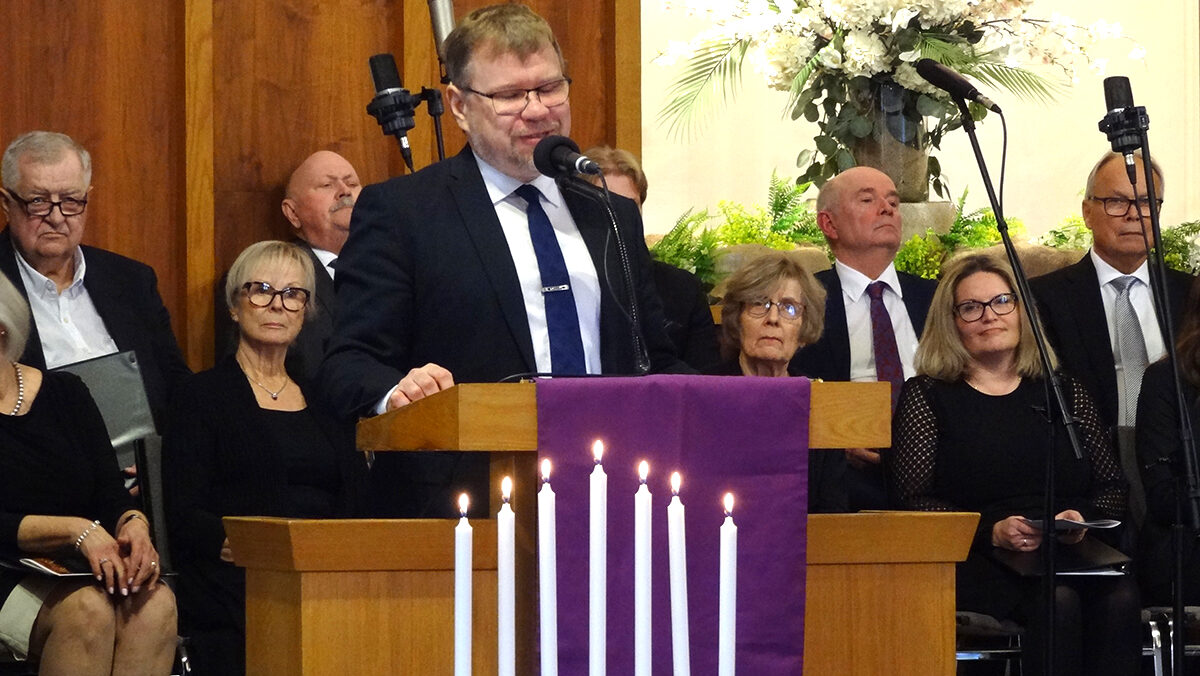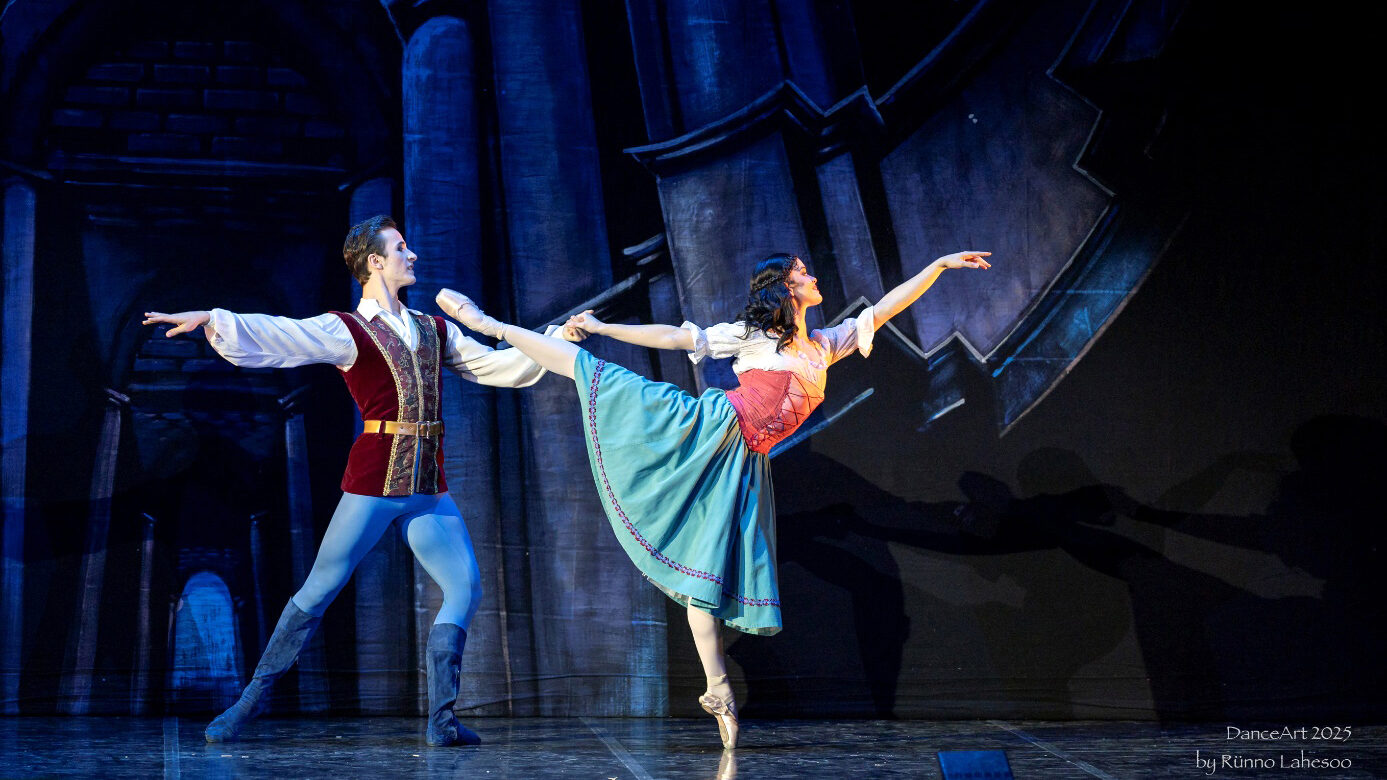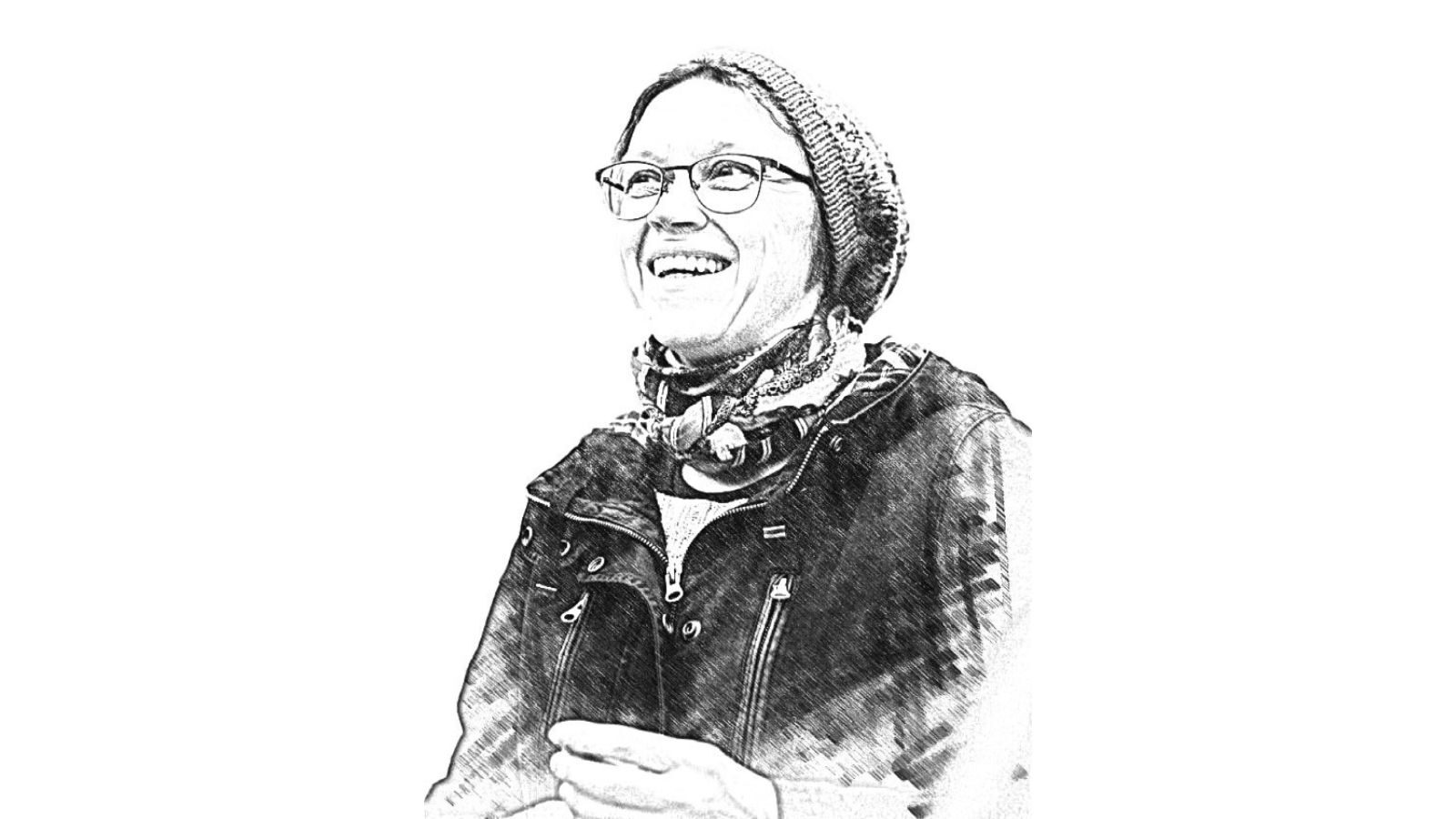And that’s if you don’t count pre-Carnaval in cities like Rio de Janeiro, which could start on weekends as early as December and January depending on the year. For a carioca (a resident of Rio) partying could be an occupation.
Either in-person or on TV, you can watch the ornate parade floats, musicians, and dancers leading the way at the Sambadrome (Sambódromo da Marquês de Sapucaí) downtown, essentially a road with bleachers on both sides. And blocos, street parties with live bands and all the rest of it, are where people hang out.
Central to the enjoyment of Carnaval, and other festivities for that matter, is samba, the Afro-Brazilian music that Brazil is famous for around the world. You’ll recognize it by its 2/4 time signature, the emphasis on the second beat made by the low-toned surdo drum, and the shuffling drum pattern in between that.
Become a subscriber to continue reading!
Every week we bring you news from the community and exclusive columns. We're relying on your support to keep going and invite you to subscribe.
Starting from $2.30 per week.



